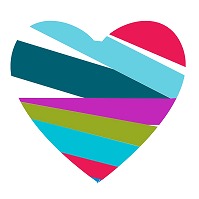It’s Sexual Assault Awareness Month. I haven’t posted much about it because I don’t know what to say. I’m a survivor myself and, sometimes, it’s hard to provide emotional support and love through those things.
I tend to share about my abuse over on Medium instead of here. If you’re interested, here’s more information about my personal journey:
- A Note About Abuse
- Why the Conversations About the Stanford Rape Case are a Gift and a Curse
- Thriving Despite Adverse Childhood Events
- Abuse & Neglect Continue Long After You’re Gone

My friends over at HEART Women & Girls wanted to do something to support survivors like me.
On Wednesday, April 19th at 1 pm Eastern, join HEART in using the tag #DearSurvivor on Twitter. You can share messages of support and love for survivors across social media.
I know I’ll be thinking of things I wish I had been told.








